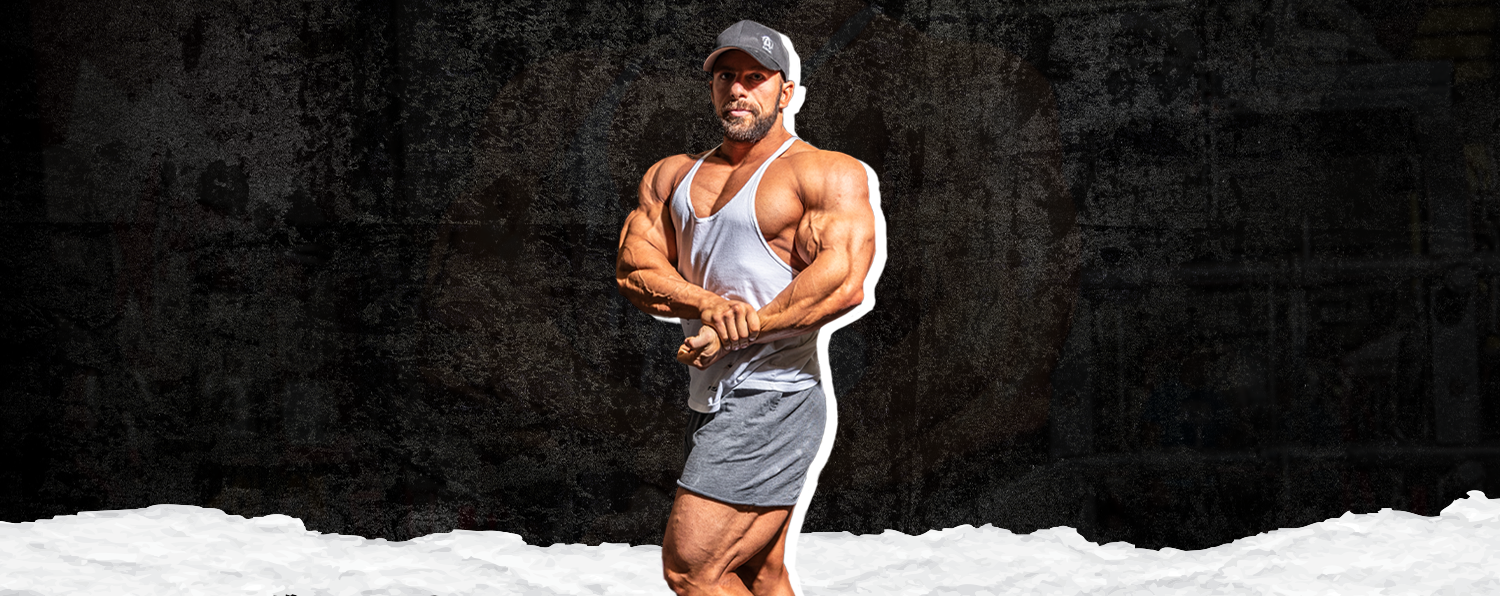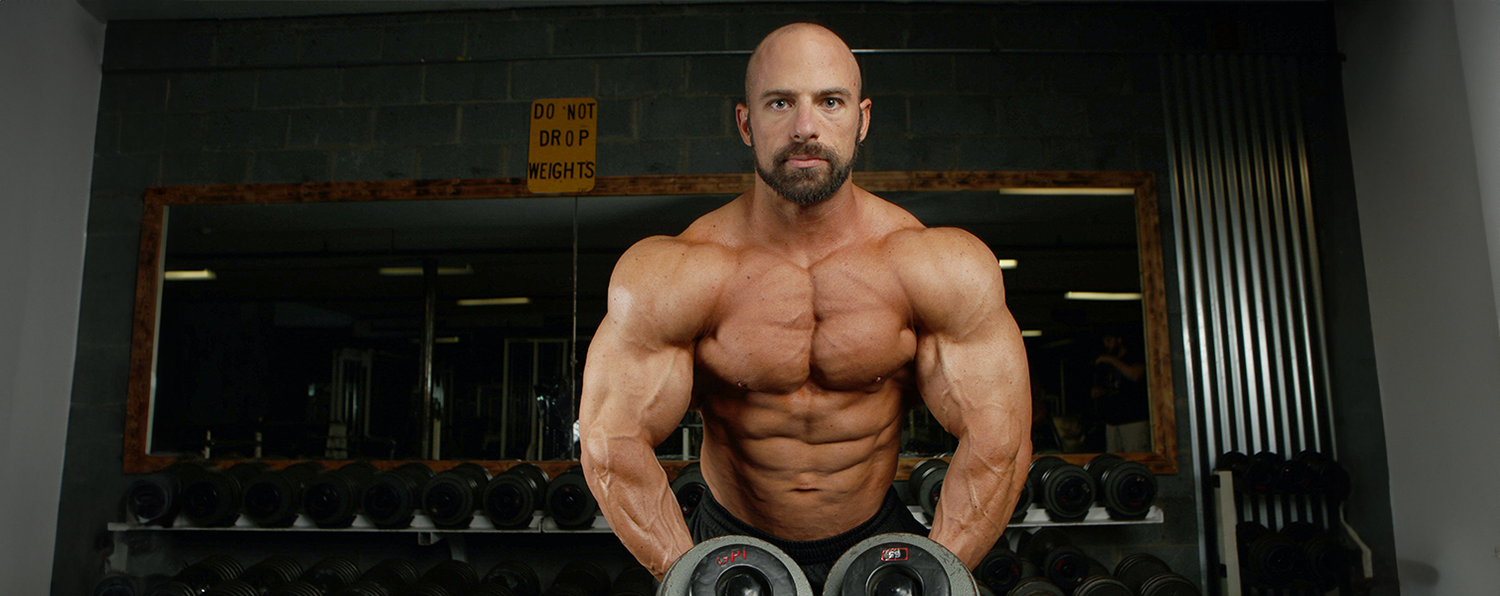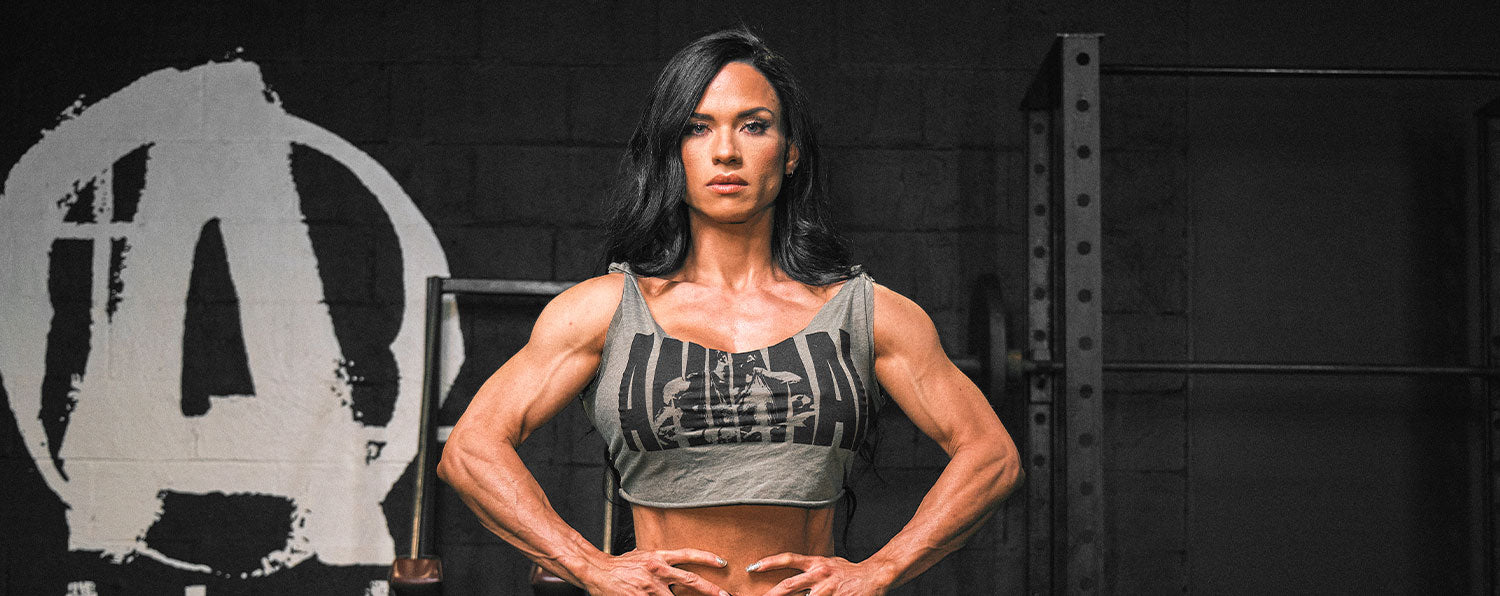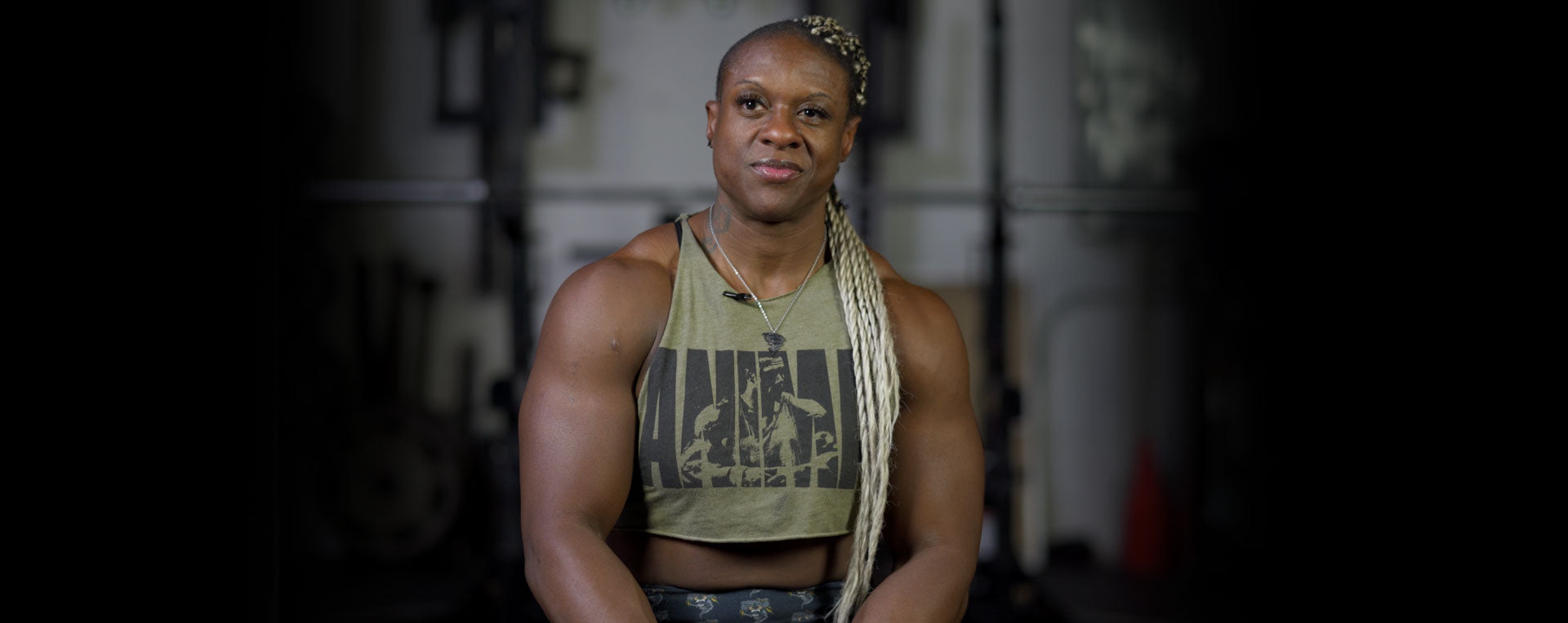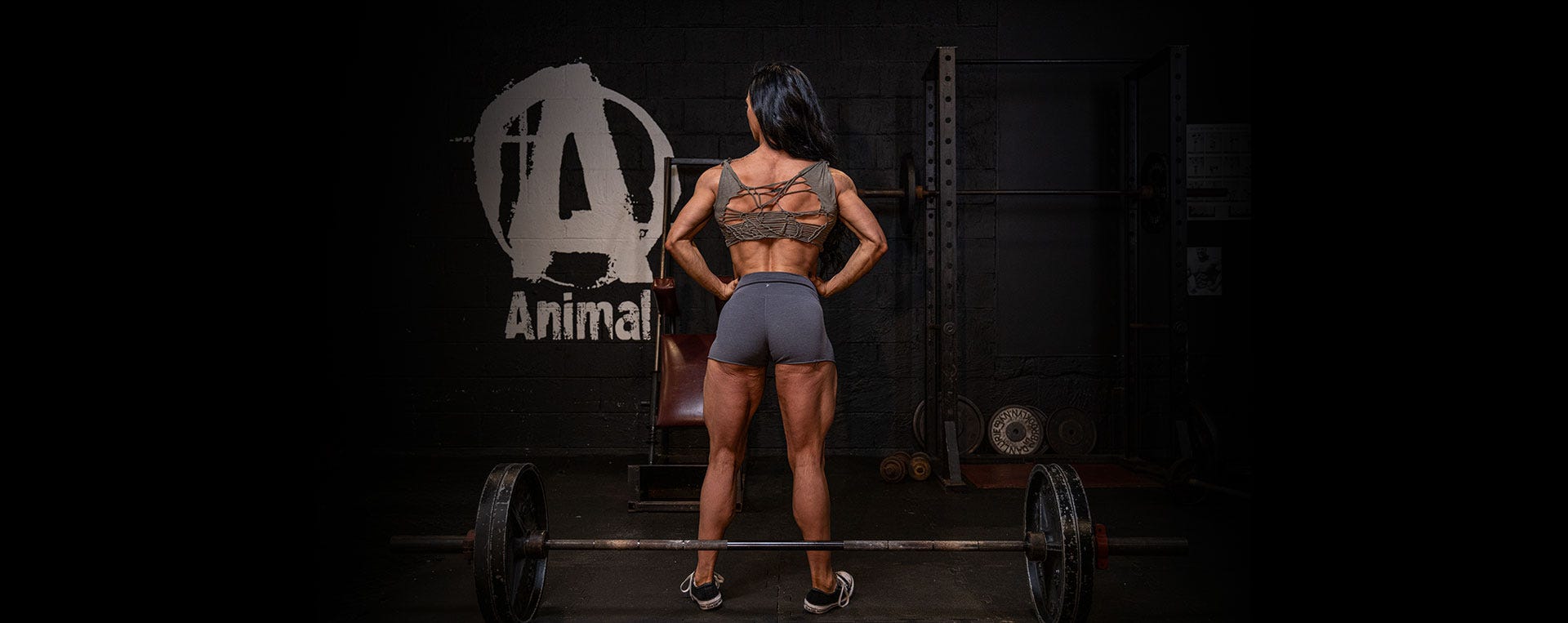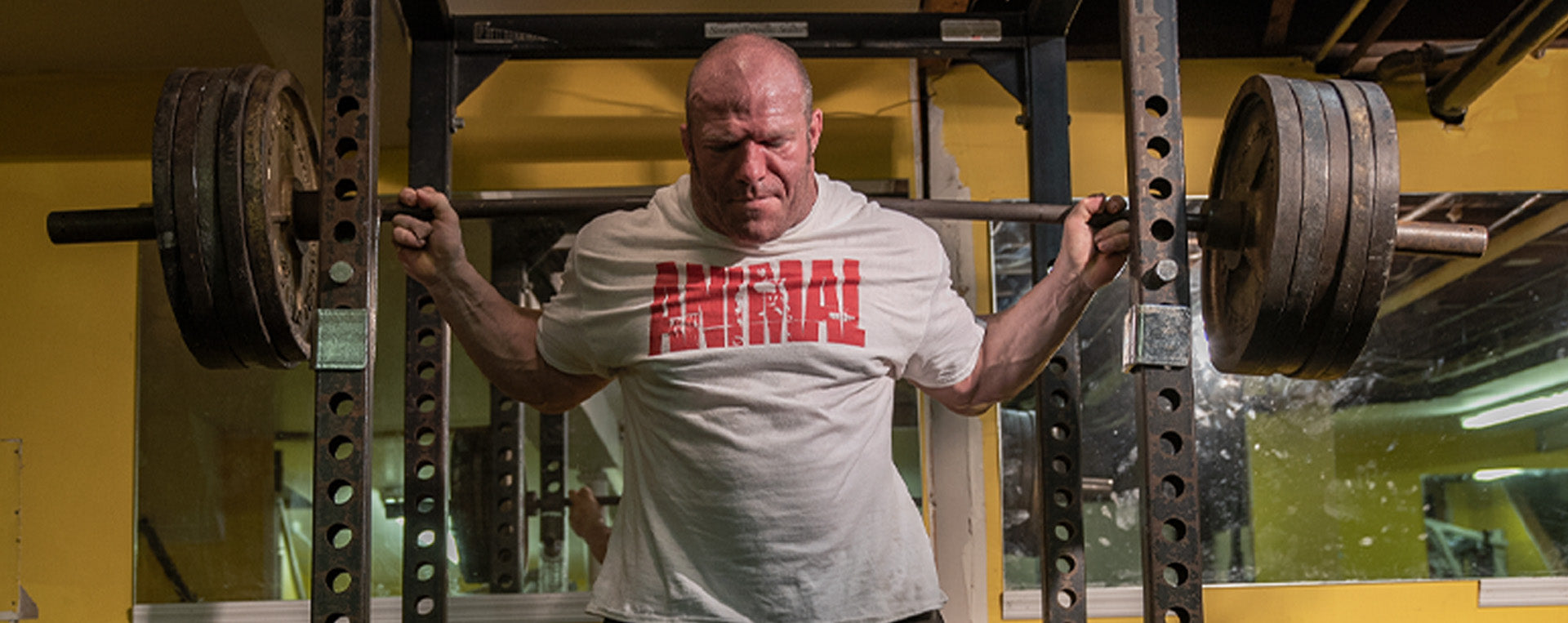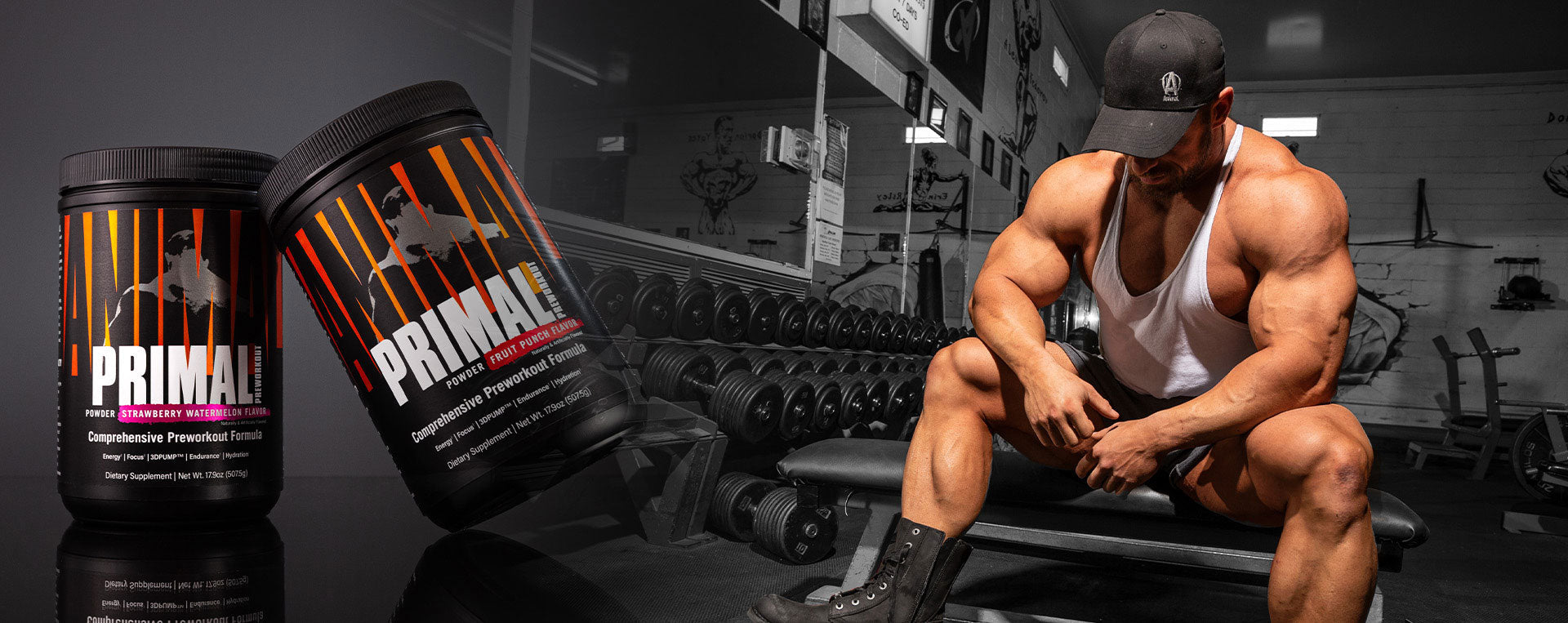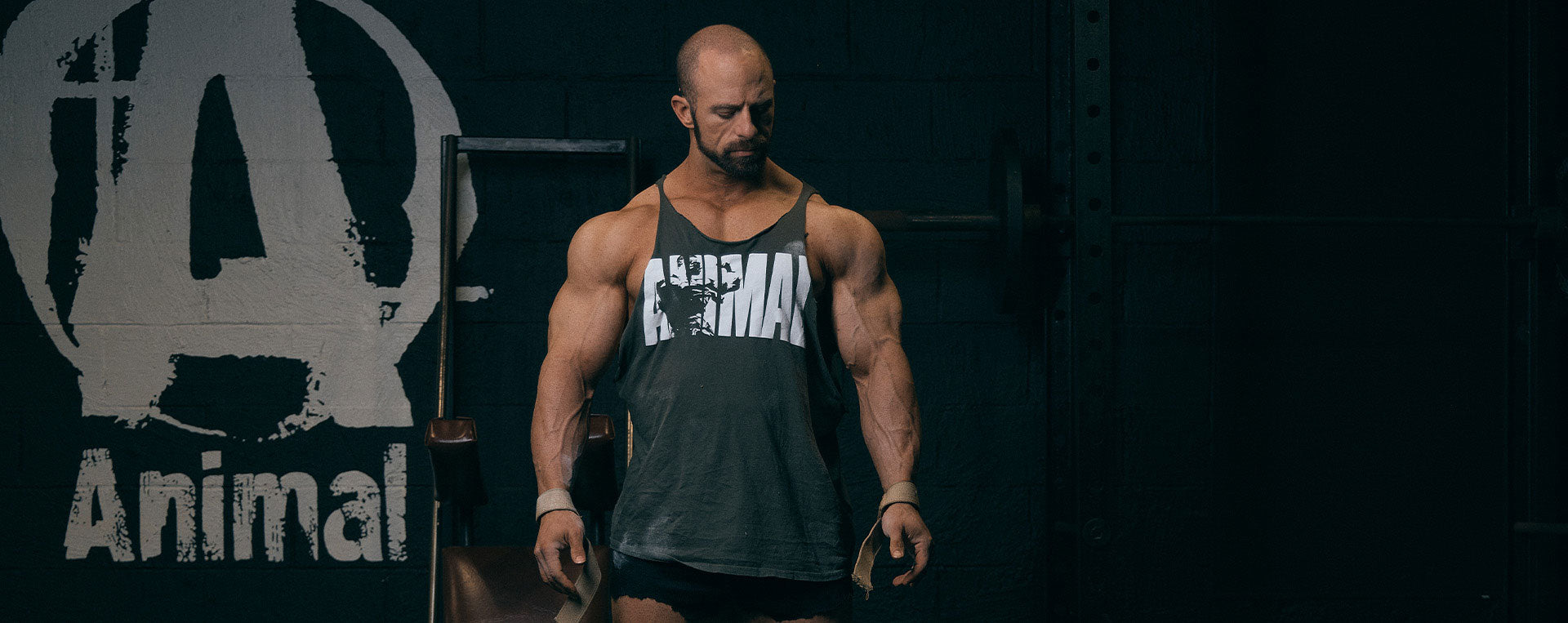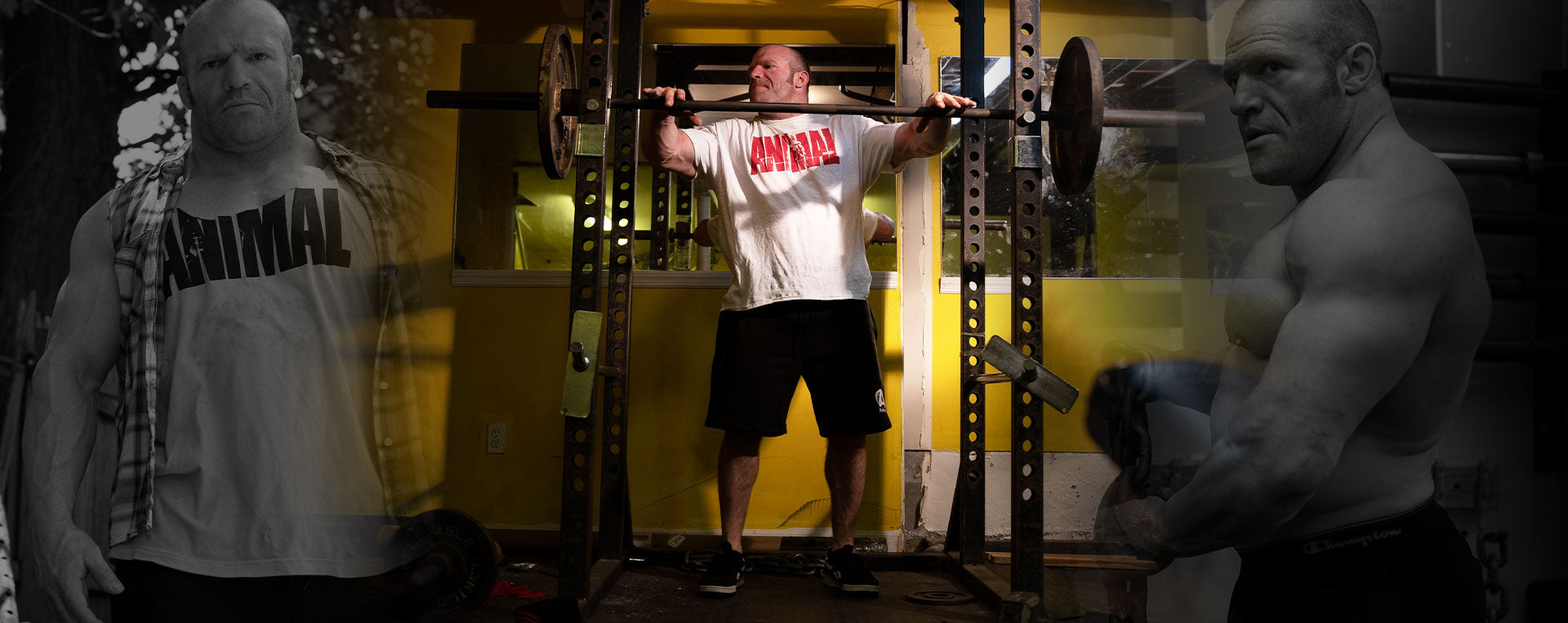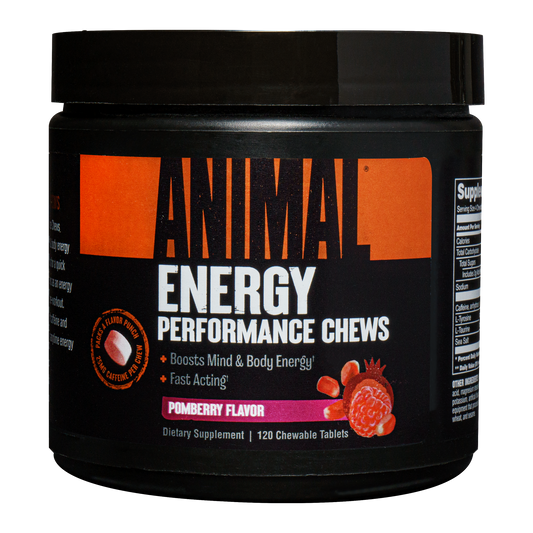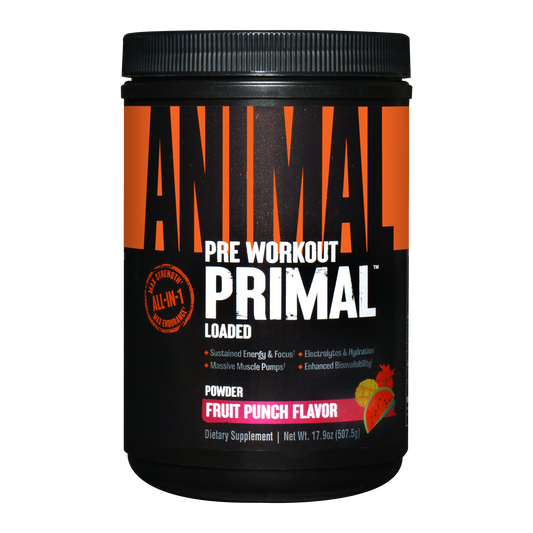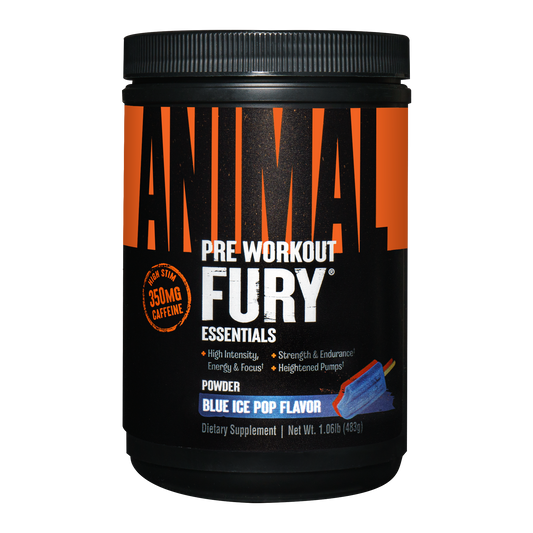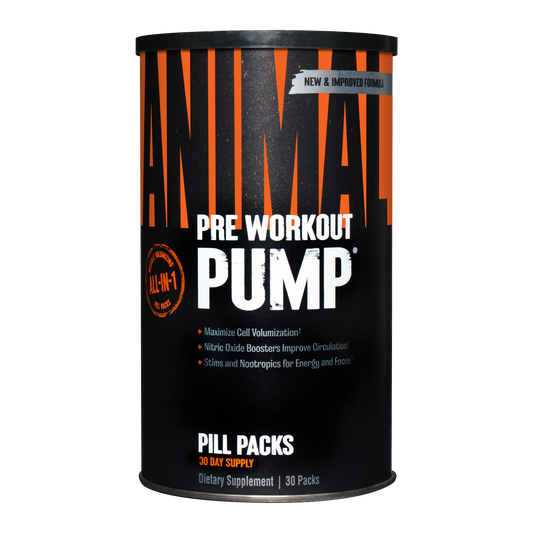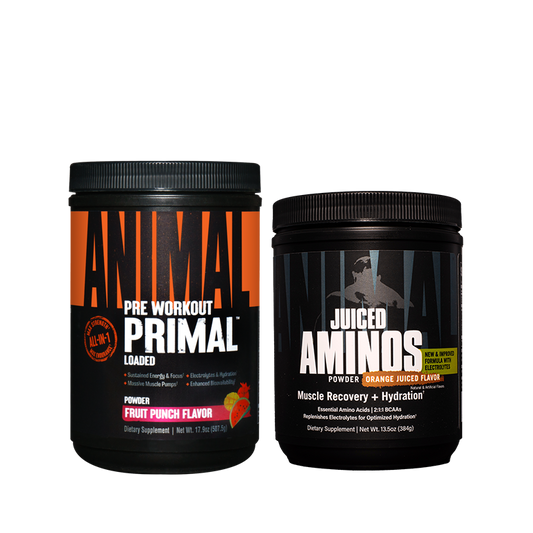When we last checked in with amateur bodybuilder Vincenzo “MASS” Masone and IFBB Pro Roman “Rex” Fritz, Roman was putting Vincenzo through the paces with his signature hardcore approach to training in “Chasing the Pain”. On tap that day was a grueling chest and back workout on Roman’s home turf in Cologne, Germany. This time around, Vincenzo returns the favor by leading Roman through one of his chest workouts in his home basement gym (known as “The Dungeon”) on Long Island, New York.
https://www.youtube.com/watch?v=ReON9Kj-rpI
Although these two Animals have now hit the gym together three times now, this was the first workout led by Vincenzo himself. In advance of the session, a few questions came to mind. How hard would Vincenzo try to push Roman? Would an amateur NPC bodybuilder be able to challenge an IFBB Pro? Anyone who knows Roman knows he can withstand a tremendous amount of abuse. What about the weight difference? Vincenzo is considerably larger than Roman. Would that difference come in to play? It’s Vincenzo’s turn to “bring the pain.” Let’s find out if he and Roman would be up to the task as they hit a 5-exercise workout that followed a pyramid style where the weights increased and the reps decreased after each set.
Vincenzo, for his part, typically uses heavier weight with fewer sets and reps, a slower tempo, and longer rests. This approach, based on experience, works well with his individual physique and temperament. Roman, on the other hand, usually warms up with lighter weights until he gets to his working weight. He then performs all of his working sets at that weight no matter the number of reps. For example, in their first workout in Cologne, they performed 10 sets of 10 with the same weight. Roman favors higher volume, a quick pace, and short rests. As Roman puts it, Vincenzo is built more for “strength” whereas he’s built more for “endurance.”
They each downed a scoop of Animal Fury (https://www.bodybuilding.com/store/universal-nutrition/animal-fury.html), then began with a lighter weight, 80 lb, in the 15-20 rep range as a working set. The second set was a little heavier, in the 12-15 rep range. The last set had one of the fewest reps, ticking in at the 6-8 rep range. They continued this pattern for the following three exercises. The last exercise, the dumbbell pullover, was a favorite of Roman’s that Vincenzo adopted into his own training. Once again, it was important to keep the form on point.
Vincenzo’s “Chase the Pain” Chest Workout
Incline Dumbbell Press
Pro Tip: “When doing incline dumbbell presses, I always try and keep my elbows in a straight line. When performing the press, I extend all the way up right before the dumbbells touch each other. For me this keeps constant tension on my upper pecs. Always grip the dumbbells as tight as possible and exhale as you perform the press upward.”
• Warm up 60 lb x 20 reps
• 80 lb x 20 reps
• 110 lb x 15 reps
• 120 lb x 10 reps
• 130 lb x 10 reps

Cable Crossover
Pro Tip: “When I do cable crossovers, I always picture myself on stage hitting my ‘most muscular’ pose. Always let the weight stretch out your pecs on the way up (before getting uncomfortable) and finish the movement by touching your thumbs together on the way down–squeezing and holding for a few seconds.”
• 50 lb x 15 reps
• 100 lb x 12 reps
• 150 lb x 10 reps
Floor Press
Pro Tip: “Floor presses were very new to me. In fact, this was the very first time that I performed them in my home gym. These are a very safe and effective way of performing presses as the floor does not allow your elbows to pass your chest, therefore reducing the chance of injury. They are also a great movement for those with elbow pain. When fully extending, be sure to hold at the top and squeeze your pecs together. These are now a great staple in my chest routine.”
• 110 lb x 15 reps
• 110 lb x 15 reps
• 80 lb x 15 reps

Flat Bench
Pro Tip: “As you can see in this video, Roman or I did not go over 225 lb on flat bench. Our major emphasis was to let the weight rest on our chest for a few seconds before slowly finishing the movement. If you do these very slow with a negative and a slow push, I guarantee 225 will feel like 500.”
• 135 lb x 20 reps
• 135 lb x 20 reps
• 225 lb x 12 reps
Dumbbell Pullover
Pro Tip: “Roman showed me a whole new way of performing dumbbell pullovers. I now call them ‘German style pullovers’ in honor of Roman when showing people back at my gym. With this approach, keep your hips and head down. Be sure to breathe in lowering the dumbbell and exhale fully while pulling the dumbbell back up to the starting point.”
• 80 lb x 3 sets of 12-15 reps

What did these two realize after this pyramid workout? Roman can hit higher reps than Vincenzo on the lighter weights (in the 12-20 rep sets), but Vincenzo can go higher than Roman on the heavier weights. In the final set of the incline press for example, Vincenzo had no problems getting to 10 with the 130s, while Roman struggled for 8. Roman could do 20 straight reps in the flat bench, but Vincenzo had to start resting at 13 reps.
Here is the important take away based on this training session for both Roman and Vincenzo: Roman thought that he could benefit from adding low rep sets in his future training sessions, and Vincenzo could incorporate higher rep sets for more roundness and refinement in his tissues. For his part, Vincenzo always thought that going lower weight and higher reps would mean he would lose weight. Since incorporating more of Roman’s style training, however, he’s noticed that his weight is still going up but he’s getting leaner with some noticeable striations in his abs.
It was clear that neither type of training—strength vs. endurance—was better than the other. It’s just a matter of personal preference, body type, and goals. As both lifters learned (though they both already knew this), there is no one-size-fits all approach to training. You have to find what works best for you. And you can’t do that by pulling a training split out of a magazine or from a program you find on the internet. Experiment and tailor a routine to your specific needs. Finally, remember that it’s never wrong to change things up. This will always improve your development. In short, the approach to making gains is very simple—change the stimulus, get uncomfortable, and chase the pain. Always chase the pain.
https://www.youtube.com/watch?v=ReON9Kj-rpI
Although these two Animals have now hit the gym together three times now, this was the first workout led by Vincenzo himself. In advance of the session, a few questions came to mind. How hard would Vincenzo try to push Roman? Would an amateur NPC bodybuilder be able to challenge an IFBB Pro? Anyone who knows Roman knows he can withstand a tremendous amount of abuse. What about the weight difference? Vincenzo is considerably larger than Roman. Would that difference come in to play? It’s Vincenzo’s turn to “bring the pain.” Let’s find out if he and Roman would be up to the task as they hit a 5-exercise workout that followed a pyramid style where the weights increased and the reps decreased after each set.
Vincenzo, for his part, typically uses heavier weight with fewer sets and reps, a slower tempo, and longer rests. This approach, based on experience, works well with his individual physique and temperament. Roman, on the other hand, usually warms up with lighter weights until he gets to his working weight. He then performs all of his working sets at that weight no matter the number of reps. For example, in their first workout in Cologne, they performed 10 sets of 10 with the same weight. Roman favors higher volume, a quick pace, and short rests. As Roman puts it, Vincenzo is built more for “strength” whereas he’s built more for “endurance.”
They each downed a scoop of Animal Fury (https://www.bodybuilding.com/store/universal-nutrition/animal-fury.html), then began with a lighter weight, 80 lb, in the 15-20 rep range as a working set. The second set was a little heavier, in the 12-15 rep range. The last set had one of the fewest reps, ticking in at the 6-8 rep range. They continued this pattern for the following three exercises. The last exercise, the dumbbell pullover, was a favorite of Roman’s that Vincenzo adopted into his own training. Once again, it was important to keep the form on point.
Vincenzo’s “Chase the Pain” Chest Workout
Incline Dumbbell Press
Pro Tip: “When doing incline dumbbell presses, I always try and keep my elbows in a straight line. When performing the press, I extend all the way up right before the dumbbells touch each other. For me this keeps constant tension on my upper pecs. Always grip the dumbbells as tight as possible and exhale as you perform the press upward.”
• Warm up 60 lb x 20 reps
• 80 lb x 20 reps
• 110 lb x 15 reps
• 120 lb x 10 reps
• 130 lb x 10 reps

Cable Crossover
Pro Tip: “When I do cable crossovers, I always picture myself on stage hitting my ‘most muscular’ pose. Always let the weight stretch out your pecs on the way up (before getting uncomfortable) and finish the movement by touching your thumbs together on the way down–squeezing and holding for a few seconds.”
• 50 lb x 15 reps
• 100 lb x 12 reps
• 150 lb x 10 reps
Floor Press
Pro Tip: “Floor presses were very new to me. In fact, this was the very first time that I performed them in my home gym. These are a very safe and effective way of performing presses as the floor does not allow your elbows to pass your chest, therefore reducing the chance of injury. They are also a great movement for those with elbow pain. When fully extending, be sure to hold at the top and squeeze your pecs together. These are now a great staple in my chest routine.”
• 110 lb x 15 reps
• 110 lb x 15 reps
• 80 lb x 15 reps

Flat Bench
Pro Tip: “As you can see in this video, Roman or I did not go over 225 lb on flat bench. Our major emphasis was to let the weight rest on our chest for a few seconds before slowly finishing the movement. If you do these very slow with a negative and a slow push, I guarantee 225 will feel like 500.”
• 135 lb x 20 reps
• 135 lb x 20 reps
• 225 lb x 12 reps
Dumbbell Pullover
Pro Tip: “Roman showed me a whole new way of performing dumbbell pullovers. I now call them ‘German style pullovers’ in honor of Roman when showing people back at my gym. With this approach, keep your hips and head down. Be sure to breathe in lowering the dumbbell and exhale fully while pulling the dumbbell back up to the starting point.”
• 80 lb x 3 sets of 12-15 reps

What did these two realize after this pyramid workout? Roman can hit higher reps than Vincenzo on the lighter weights (in the 12-20 rep sets), but Vincenzo can go higher than Roman on the heavier weights. In the final set of the incline press for example, Vincenzo had no problems getting to 10 with the 130s, while Roman struggled for 8. Roman could do 20 straight reps in the flat bench, but Vincenzo had to start resting at 13 reps.
Here is the important take away based on this training session for both Roman and Vincenzo: Roman thought that he could benefit from adding low rep sets in his future training sessions, and Vincenzo could incorporate higher rep sets for more roundness and refinement in his tissues. For his part, Vincenzo always thought that going lower weight and higher reps would mean he would lose weight. Since incorporating more of Roman’s style training, however, he’s noticed that his weight is still going up but he’s getting leaner with some noticeable striations in his abs.
It was clear that neither type of training—strength vs. endurance—was better than the other. It’s just a matter of personal preference, body type, and goals. As both lifters learned (though they both already knew this), there is no one-size-fits all approach to training. You have to find what works best for you. And you can’t do that by pulling a training split out of a magazine or from a program you find on the internet. Experiment and tailor a routine to your specific needs. Finally, remember that it’s never wrong to change things up. This will always improve your development. In short, the approach to making gains is very simple—change the stimulus, get uncomfortable, and chase the pain. Always chase the pain.


